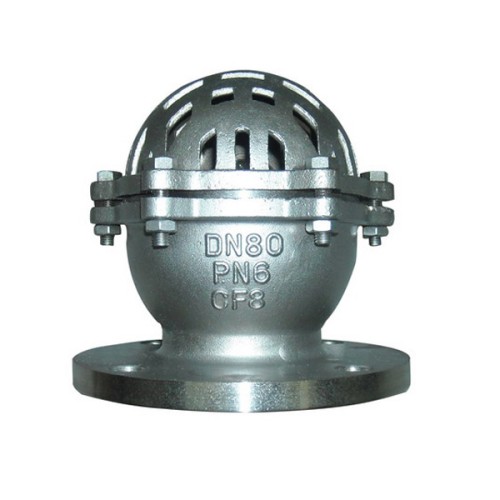Manufacturer of Double Block and Bleed Needle Valves for Safe Flow Control Solutions
Understanding Double Block and Bleed Needle Valves A Comprehensive Overview
In the world of fluid and gas management, valve systems play a crucial role in maintaining control over the flow of substances within pipelines and other infrastructure. Among the various types of valves, the double block and bleed needle valve stands out for its unique design and functionality. This article delves into the intricacies of double block and bleed needle valves, their manufacturing process, and their applications in various industries.
What is a Double Block and Bleed Needle Valve?
A double block and bleed needle valve is an advanced type of valve designed to provide a secure means of isolating a section of a pipeline. It features two seats, which when closed, block the fluid from passing through. The bleed function allows for the safe venting of any trapped fluids or gases between the two seats, ensuring that maintenance personnel can work safely on the isolated section without risk of accidental release.
This design is essential in many applications, particularly in industries where safety and reliability are paramount, such as oil and gas, chemical processing, and power generation. The needle valve element allows for precise control of flow rates, making it ideal for applications that require meticulous regulation of fluids.
The Manufacturing Process
The manufacturing of double block and bleed needle valves involves several critical steps to ensure quality, reliability, and performance. Here’s an overview of the typical process
1. Material Selection The choice of materials is crucial, as valves must withstand varying pressures and corrosive environments. Common materials include stainless steel, carbon steel, and specialized alloys depending on the intended application.
2. Design and Engineering Engineers utilize computer-aided design (CAD) software to create detailed specifications for the valve. This stage involves not only the dimensions and features of the valve but also considerations for pressure ratings and compliance with industry standards.
3. Machining and Fabrication The valve components are machined using precision tools to achieve the desired specifications. This process often involves complex machining techniques, including turning, milling, and grinding.
4. Assembly Once all components are fabricated, they are assembled. This stage requires skilled technicians who ensure that all mechanical connections are secure and that the valve operates correctly.
double block and bleed needle valve manufacturer

5. Testing and Quality Control Before the valves are released for sale, they undergo rigorous testing for leaks, pressure endurance, and performance under various conditions. Quality control measures ensure that each valve meets industry standards and can be relied upon in critical applications.
6. Surface Treatment Depending on their intended use, valves may undergo surface treatments to improve corrosion resistance, enhance durability, or provide a specific aesthetic finish.
Applications of Double Block and Bleed Needle Valves
The unique advantages of double block and bleed needle valves make them suitable for a wide array of applications
- Oil and Gas Industry These valves are commonly used in upstream and downstream operations for the safe isolation of equipment. They enable operators to perform maintenance without risking spills or leaks.
- Chemical Processing In environments where aggressive chemicals are handled, double block and bleed valves provide a safe means of isolating processes and protecting personnel.
- Power Generation The precision control offered by needle valves makes them ideal for regulating steam and cooling water systems in power plants.
- Pharmaceuticals In the pharmaceutical industry, strict hygienic standards are required. Double block and bleed needle valves are utilized to maintain cleanliness and safety during processes involving volatile substances.
Conclusion
Double block and bleed needle valves are an essential component of modern fluid and gas management systems. Their ability to ensure safety and precision under high-pressure conditions makes them prevalent across a variety of industries. With advancements in manufacturing technology, the quality and reliability of these valves continue to improve, further solidifying their position in critical applications. For manufacturers, understanding the intricacies of design, engineering, and testing is vital to producing valves that meet the high standards required in today’s demanding industrial environments. As industries evolve, the importance of proficiently manufactured double block and bleed needle valves will only grow, underscoring their role in ensuring operational safety and efficiency.
-
The Key to Fluid Control: Exploring the Advantages of Ball Valves in Industrial SystemsNewsJul.09,2025
-
The Versatile World of 1, 2, and 3 Piece Ball ValvesNewsJul.09,2025
-
Stainless Steel Ball Valves: The Ideal Choice for Efficient Flow ControlNewsJul.09,2025
-
Optimizing Fluid Control with Ball Float ValvesNewsJul.09,2025
-
Manual Gate Valves: Essential for Control and EfficiencyNewsJul.09,2025
-
Everything You Need to Know About Butterfly ValvesNewsJul.09,2025
-
The Versatility of Wafer Type Butterfly ValvesNewsJul.08,2025




